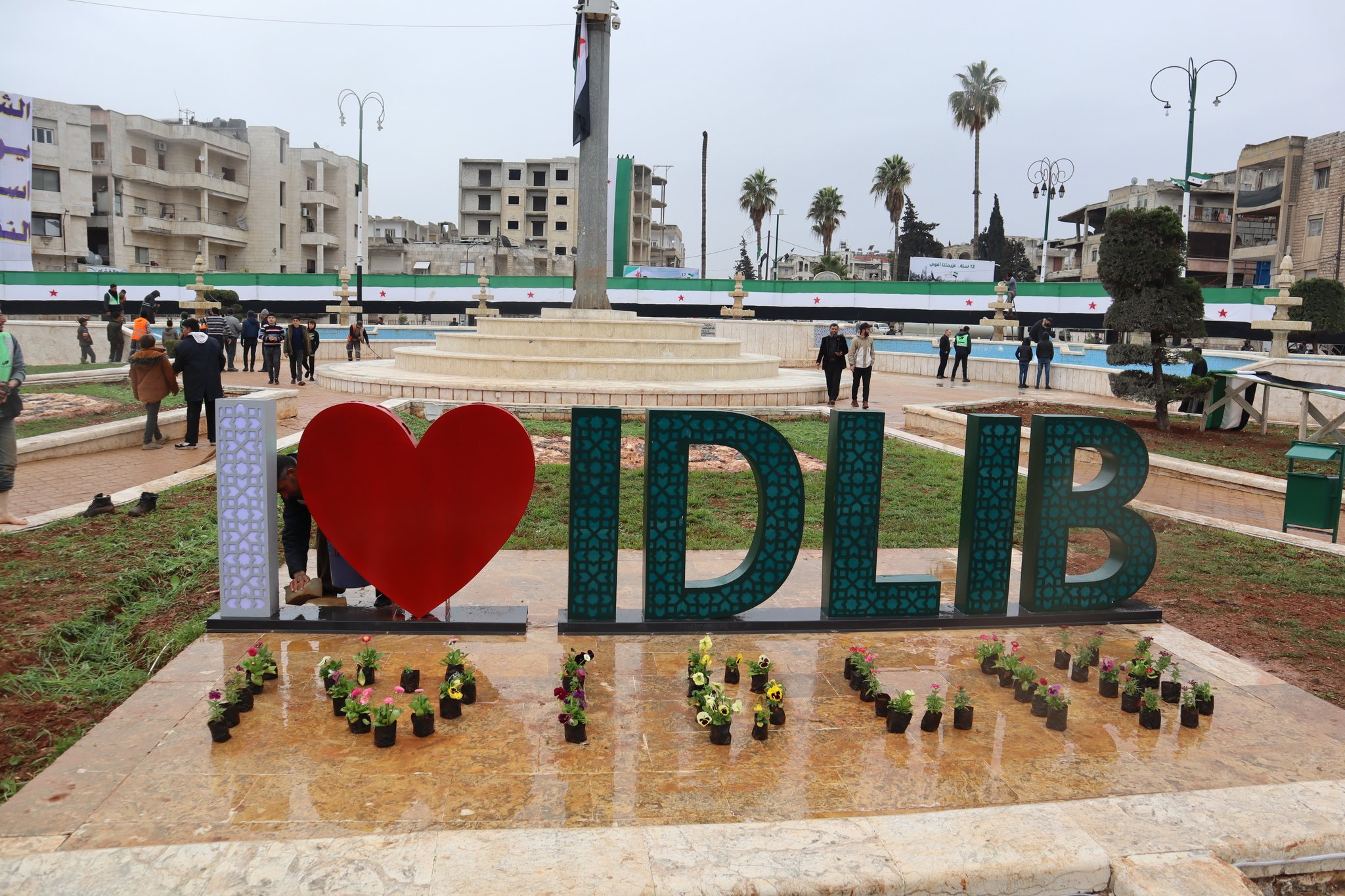
Eight years ago today, after five days of pitched battles between a coalition of revolutionary factions and the Assad regime, Idlib City was finally freed. It was a turning point in the war and a major blow to both Assads narrative and his sense of security and invulnerability, had Putin not intervened six months later the regime may have fallen within months.
Yet why was the loss of Idlib City, and shortly thereafter, the province such a blow? As, Martin Chulov, wrote for the Guardian five years ago, the province is central to the outcome of the war and also the fate of the broader region, words that ring true today.
Idlib strategically straddled the main M4 and M5 motorways cutting through Aleppo, south to Damascus, and then west towards the port city of Latakia, on the Mediterranean. Control of the province allows control of the main transit of the country, coupled with its sharing a northern border with Turkey which enables the control of the flow of supply lines and commerce alike.
From Idlib the revolution could advance and pivot to multiple fronts, analysts and think tanks at the time described the liberation as a significant blow and a pivotal victory speculating that regime assets in Idlib, Hama, Aleppo, and Latakia could all be next. While the liberation, did in fact, play a great role in the advance of the revolution, the long-reaching gains are not solely the military and strategic ones mentioned in 2015. The real victory has been in the burgeoning government and civil and social systems that have sprung up in the city and province in the intervening years.
Today, Idlib is home to 4.6 million people, 80% of whom are women and children, 2.9 million are IDPs, with 1.9 million living in camps, its home to people displaced by Russian, Iranian, and Assad regime forces, such as Hama, Ghouta, Darraya, Damascus, Homs, east Aleppo, and Deraa.
Idlib was where the Syrian Salvation Government (SSG) was founded. The de facto government of the region since 2017 has become one of the best examples of what a future Syria could look like, in terms of a functioning civil society.
The city is home not only to thousands of displaced but schools, universities, hospitals, and a medical sector recovering from over a decade of war and siege, all of this despite the isolation and constant attacks from Assad and his Russian and Iranian allies.
Commenting on the aftermath of the recent earthquakes, Gregory Waters of the Middle East Institute said of the amazing ingenuity and perseverance of the Syrian people there, In lieu of international support, the people of Idlib took it upon themselves to first rescue, then recover, re-house, and finally begin rebuilding the tens of thousands of lives uprooted by this disaster. Idlibs Salvation Government and its Ministry of Development and Humanitarian Affairs (MDHA) have taken on the role of coordinating aid distribution among the around 100 local NGOs that operate in the province, facilitating rescue and aid work between NGOs, the White Helmets, and other ministries, ensuring all communities, no matter how small or remote, are serviced.
Idlib shows that a Syria free of Assad is capable of not only thriving in the harshest of conditions but also in overcoming adversity and calamities the likes of those which struck the north last month in the form of catastrophic earthquakes. If anything the people of Syria can celebrate the anniversary of Idlibs liberation, not only by looking to the victories of the past but to the promise of greater victories yet to come.






